7 Stellar Booths to Check Out at Frieze New York 2018
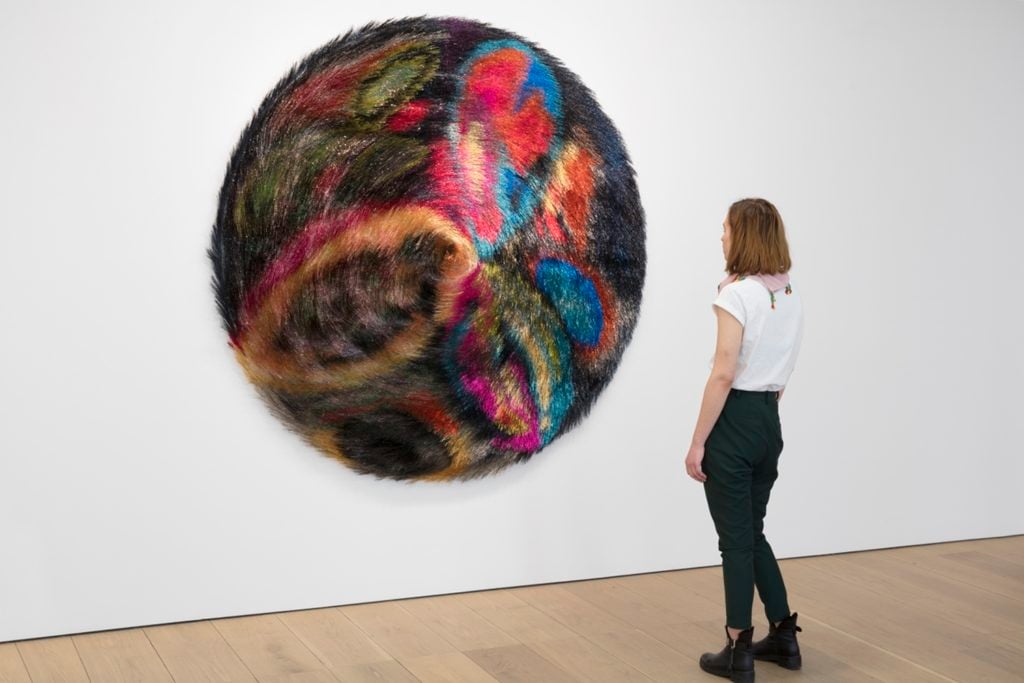

Artnet Gallery Network

Frieze week is back in New York, and as usual, there’s plenty to check out—from “magic” performance pieces to honorary exhibitions to a bevy of great restaurants, bars, and galleries around the city. Today we turn our attention to the tent itself. Here are some of the best booths from artnet member galleries at Frieze New York 2018.
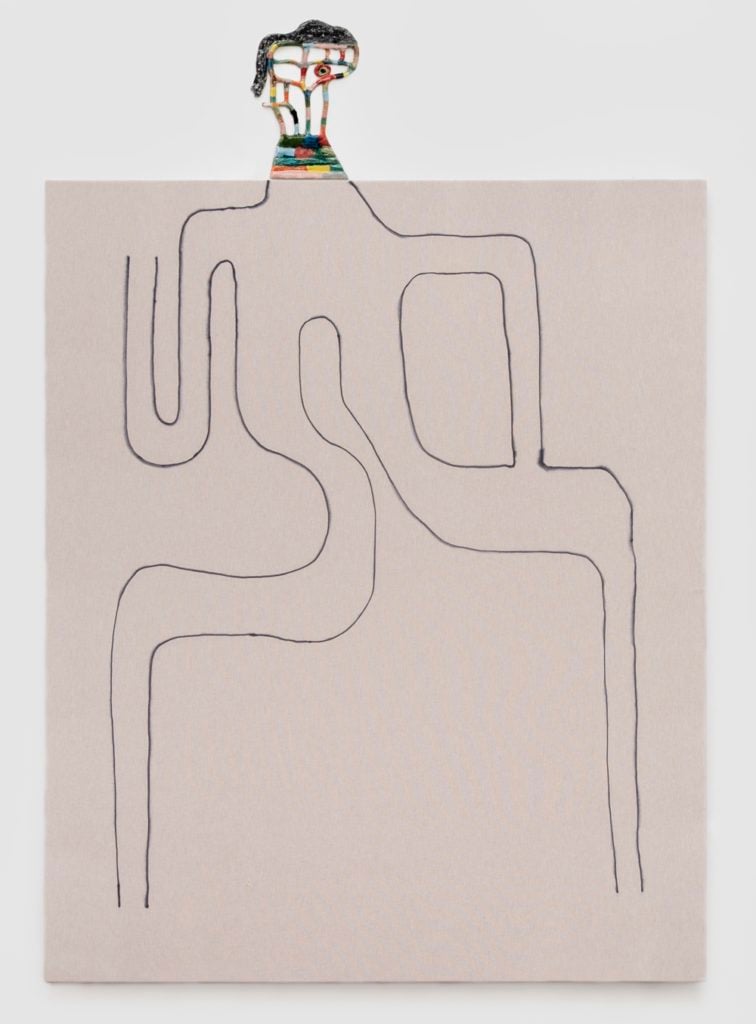
Juan Tessi’s, 94484da66565999c23def36193db8a7c (2016). Courtesy of the artist and Galería Nora Fisch.
All of the galleries participating in the Frame section are eight years old or younger and comprise a group of internationally recognized programs. Galerie Nora Fisch, based in Argentina, will introduce American viewers to the pictorially transgressive works by the Peruvian artist Juan Tessi. Tessi combines ceramics and traditional painting to create a new entity that challenges the conventional notion that art (painting) is superior to craft (ceramics). In his works, the head and torso are rendered discretely—the head is a ceramic object, serving as the anchor, while the body is drawn on canvas, hanging below. The contemporary resurgence of interest in crafts, traditionally associated with feminine or domestic traits, is upended in Tessi’s smart and subtle presentation.
Frieze New York: Frame, booth FR06
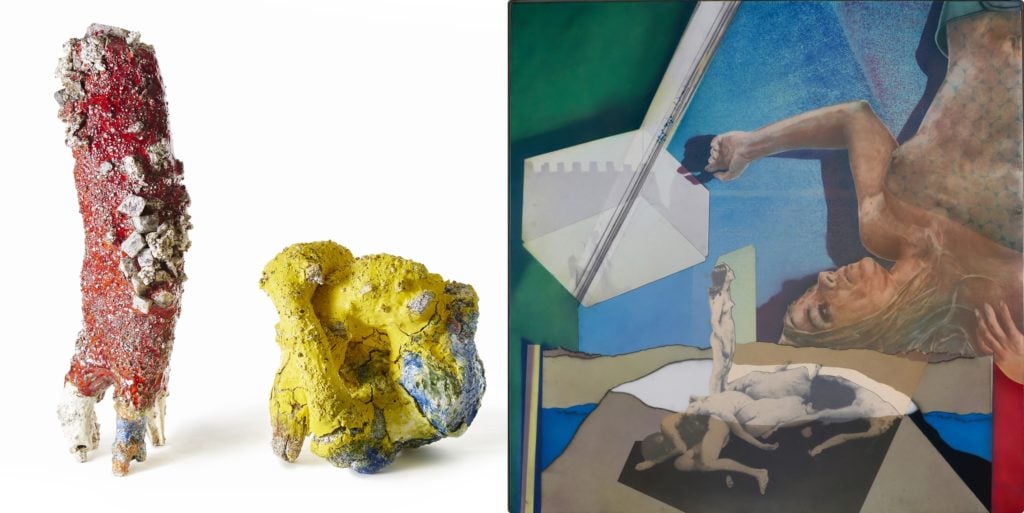
L: Aneta Regel’s Elka and Lonia (both 2018). R: Pol Mara’s Messada aan Dode Zee (1971). Courtesy of Jason Jacques Gallery.
For its second year at Frieze, the Upper East Side gallery has a cohesive presentation of work by contemporary and historic artists, whose vastly different approaches complement one another in texture, color, and form. The Polish-born artist Aneta Regel creates roughly hewn ceramic and stone works that employ unglazed surfaces mixed with polished, unnatural colors, like relics from an uninhabitable planet, or objects unearthed from a shipwreck. Shown alongside Regel’s sculptures are paintings by the pop artist Pol Mara, whose brightly colored paintings combine photographic imagery and other remnants of mass media, superimposed against layers of color washes. To complete the triumvirate, the dizzying canvases of Op artist Richard Anusckiewicz vibrate with color, and the geometric precision offers a contrast to the textural variations in the other works on display.
Frieze New York: Booth F5
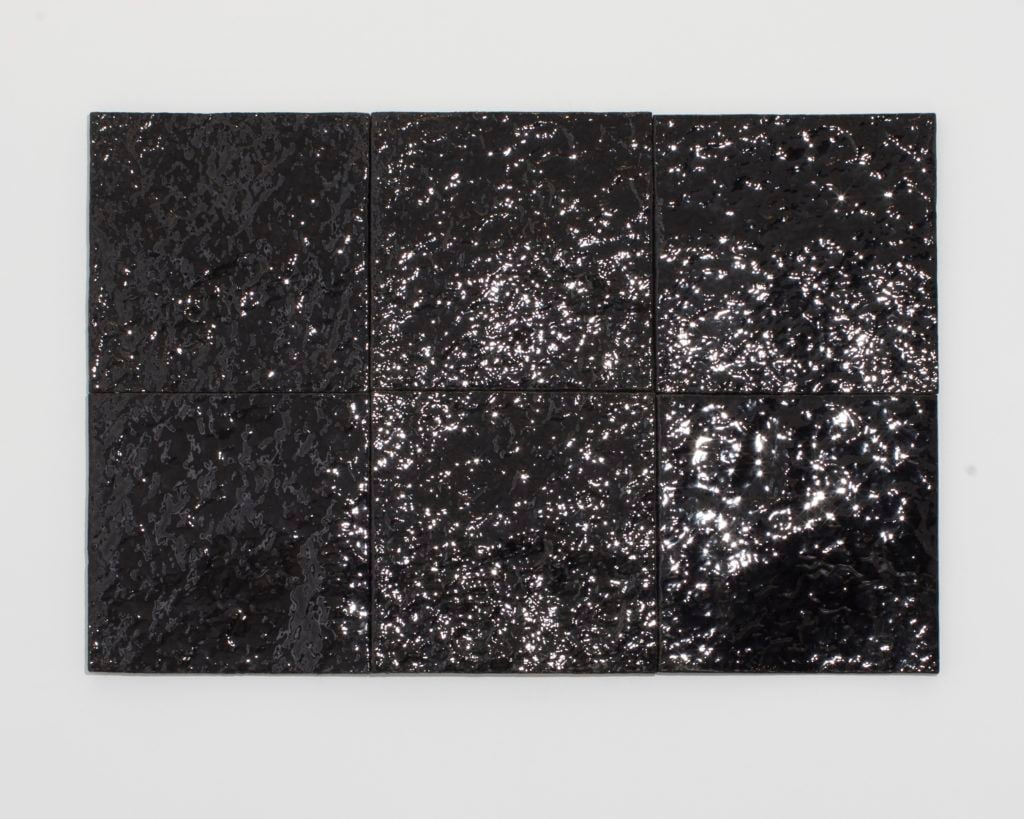
Mary Corse, Untitled (Black Earth Series) (1978). Courtesy of Kayne Griffin Corcoran, Los Angeles.
Mary Corse is having a big year, with exhibitions this summer at Dia: Beacon and the Whitney Museum that celebrate her unrivaled ability to paint with light. At Frieze, Kaye Griffin Corcoran has a stunner from the “Black Earth” series—huge clay tiles so glossy that from different perspectives the viewer could be looking into a bubbling abyss of tar, the side of a mountain, or into a tumultuous sea. In stark contrast to the impenetrable blackness of Corse’s work are the luminous, almost weightless circular glassworks on view from James Turrell.
The gallery is also introducing its inaugural presentation of artist Mary Obering with a selection of color-field geometric paintings. The nuances of the layered canvases and spatial orientation are informed by her academic studies in psychology. Also on view are works by the Japanese artist Noboru Takayama—the forceful slashes of ink across the paper recall the political and social unrest of post-World War II.
Frieze New York: Booth A20 | Frieze New York: Focus, booth D16
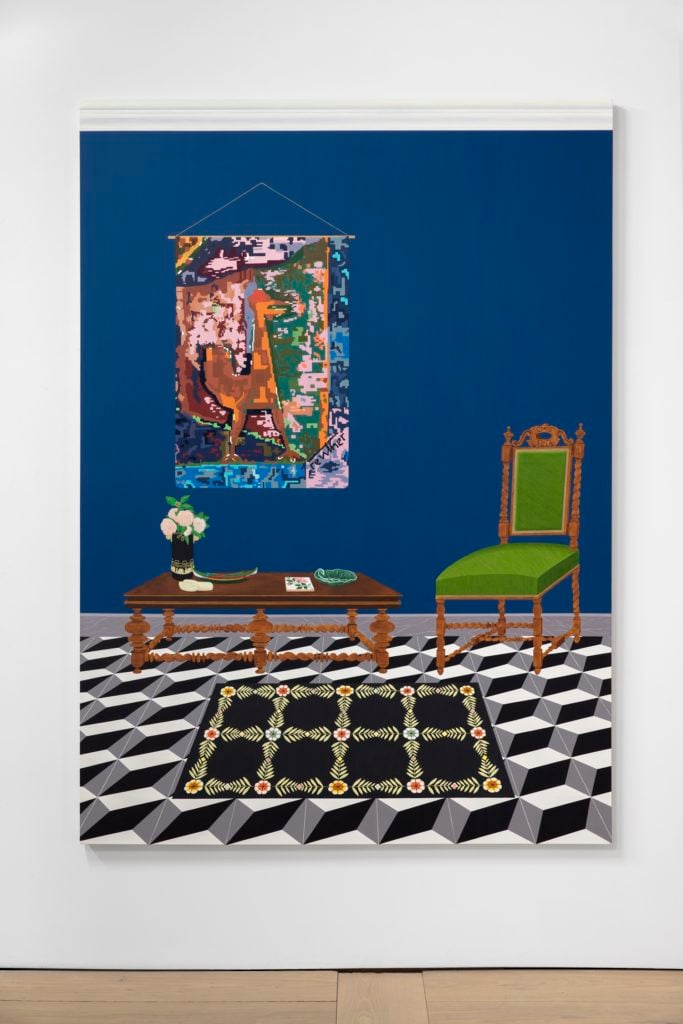
Becky Suss, Untitled (Portugal) (2018). Courtesy of the artist and Jack Shainman Gallery.
Jack Shainman is presenting a group exhibition of roster artists in the Galleries section of Frieze. Highlights from the booth include Odili Donald Odita, whose arresting paintings feature geometric configurations in bright, saturated colors; and Richard Mosse’s surreal photograph Non-Alignment Pact, shot using reconnaissance-grade infrared film, turning the lush Congolese rainforests into landscapes of neon pink and red. A new painting by Becky Suss peers into an interior filled with pattern; a pixelated tapestry hangs on a dark blue wall, and atop an Escher-like tiled floor is a matching wooden furniture set, the table laid with detritus of inhabitants who are absent from the composition. Two sculptural works, a new Tondo work by Nick Cave and El Anatsui’s Awakened—both intricate compositions of “low” materials, that are combined to form elegant and dynamic assemblages.
Frieze New York: Booth A21 | Frieze New York: Live
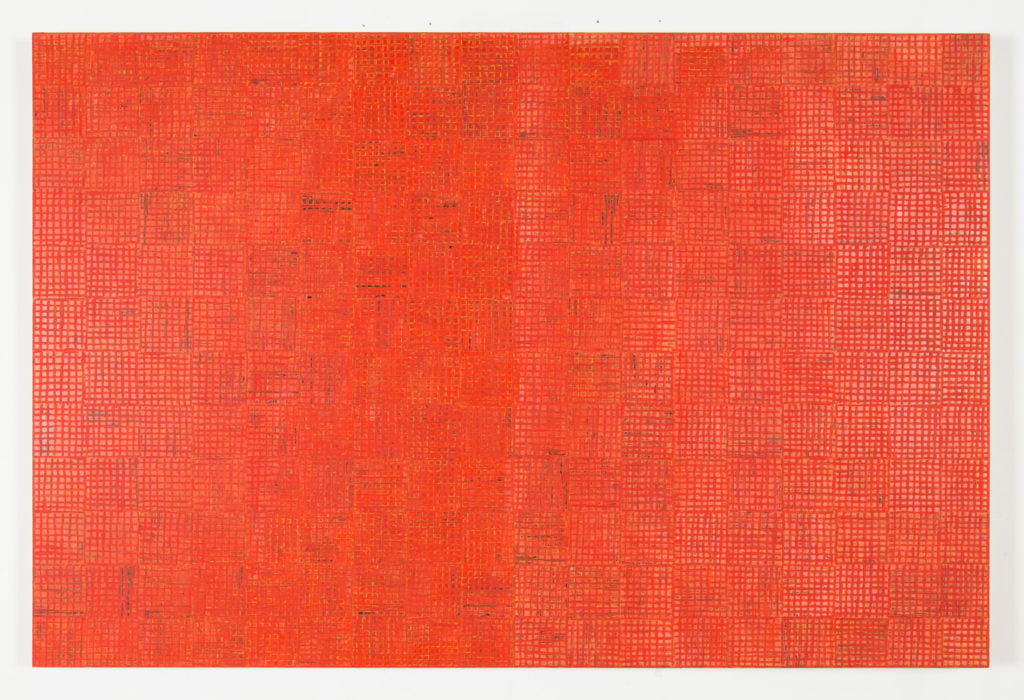
McArthur Binion, Ink: Work (Vermillion) (2018). Courtesy the artist and Lehmann Maupin, New York and Hong Kong. Photo: Matthew Herrmann.
Lehmann Maupin’s booth brings together three artists whose work is thematically connected in their respective explorations of language and communication: McArthur Binion, Shirazeh Houshiary, and Cecilia Vicuña. That curatorial proposition may be hard to grasp when looking at the works, seeing as how two of the artists (Binion and Houshiary) make color field-esque abstractions, and the other has created an installation of unspun wool dangling from a mobile on the ceiling. Indeed, the connection to language and communication has more to do with the artists’ processes and underlying interests than the aesthetics of these works themselves. Yet, it isn’t hard to see how the chemistry between the trio, especially in terms of color—each employs rich, earthy tones.
Frieze New York: Booth E6
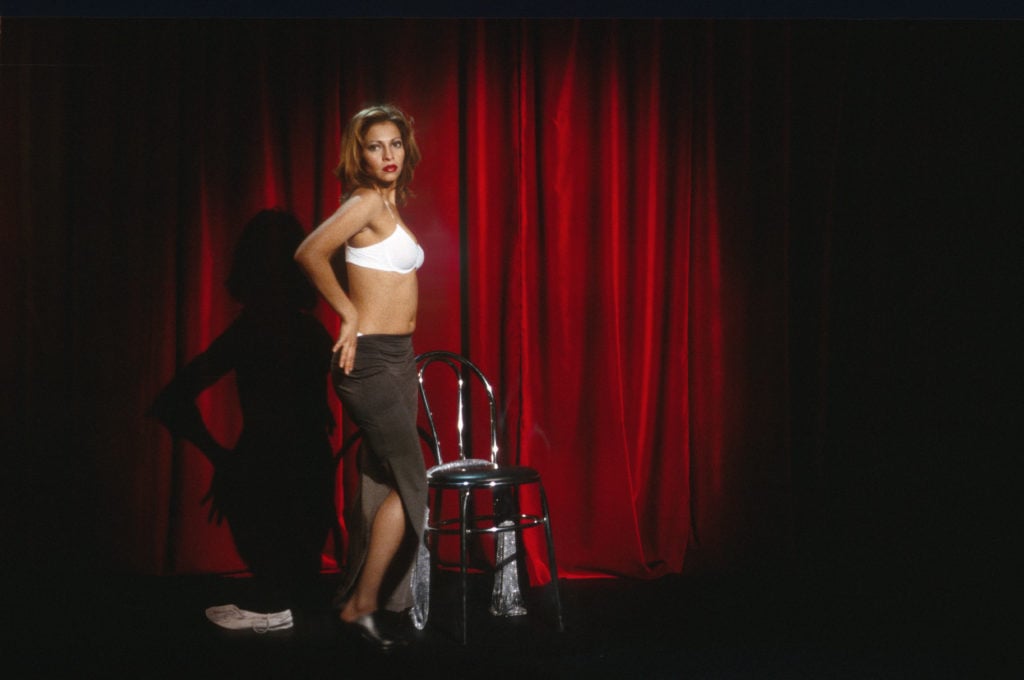
Francis Alÿs (In collaboration with Rafael Ortega), Rehearsal II (Striptease) (2001-06). Courtesy of the artist and Galerie Peter Kilchmann.
Zurich-based gallerist Peter Kilchmann presents an exhibition comprised solely of video works this year, featuring films by Francis Alÿs, Maja Bajevic, Los Carpinteros, Willie Doherty, Zilla Leutenegger, Adrian Paci, Javier Téllez and Artur Żmijewski. It’s an unusual approach, but Kilchmann welcomes the challenge. “For artists who work with the medium of film, it is very difficult to be adequately presented at a fair,” he tells Artnet News. “That’s why I chose this program.” The works on view in the booth will play on a loop, but fairgoers can also select a specific video to play.
Frieze New York: Booth B19
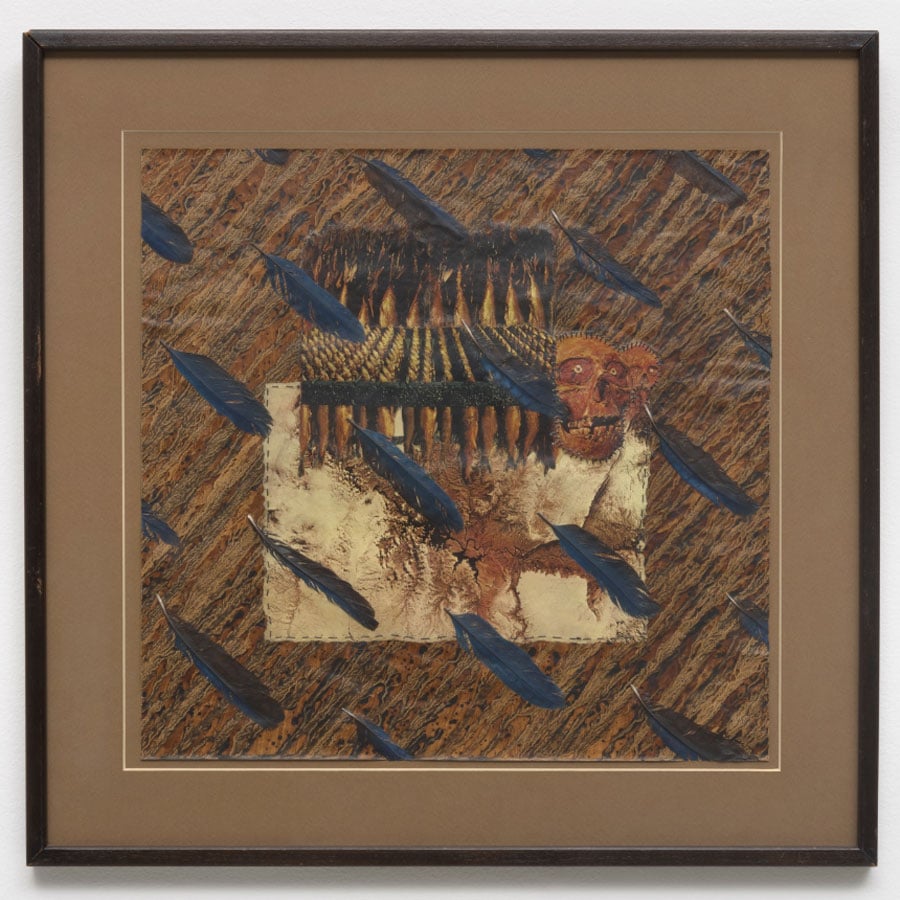
Betye Saar, Umbia (1977). Courtesy of Roberts Projects.
In January of 1977, Betye Saar traveled to Lagos, Nigeria to participate FESTAC ’77, the Second World Black and African Festival of Arts and Culture. The trip proved to have a lasting impact on her life and work. Now, 40-plus years later, Saar revisits the assemblages and collages she made at that time for a solo presentation at the Frieze booth of LA-based gallery Roberts Projects. The exhibition, titled “Betye Saar: FESTAC ’77,” was designed by the artist and is accompanied by a special book of photographs, notes, and souvenirs from her experience at the festival.
Frieze New York: Booth SP17